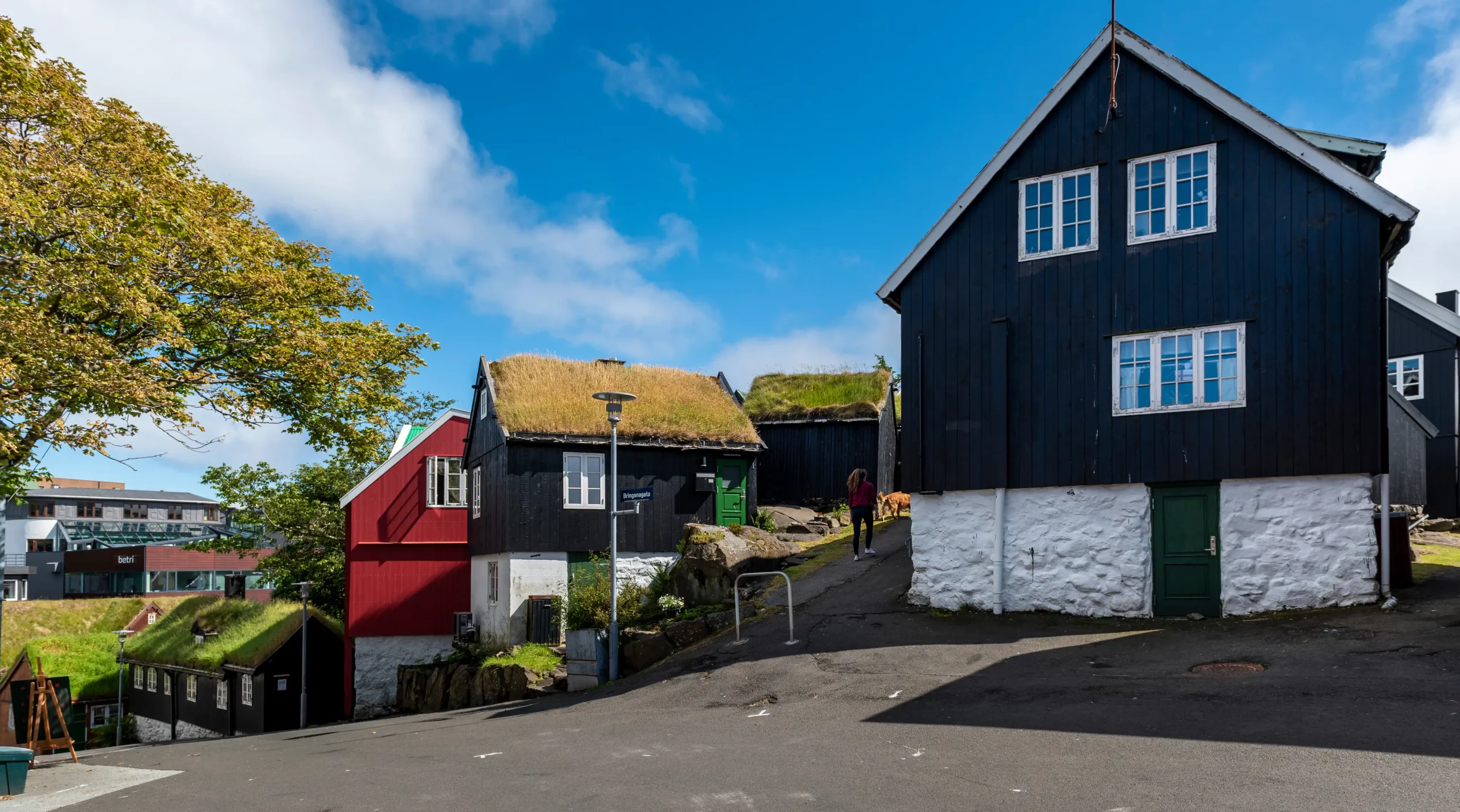
Call any time
0208 143 7779


Buy-to-let properties remain the cornerstone of UK property investment, offering investors a proven pathway to building substantial wealth through rental income and capital appreciation. For investors beginning with auction acquisitions or development projects, BTL properties provide an excellent foundation for creating sustainable, high-yielding portfolios whilst developing the skills necessary for more advanced investment strategies.
The UK’s buy-to-let market has evolved significantly, with successful investors adapting their strategies to navigate regulatory changes whilst maximising returns. Despite challenges such as tax reforms and licensing requirements, well-selected and professionally managed BTL properties continue to deliver strong returns, particularly when acquired through strategic channels like property auctions.
The key to modern BTL success lies in understanding tenant demographics, optimising properties for specific rental markets, and implementing value-adding refurbishments that command premium rents whilst enhancing the property’s long-term capital value.
Auction houses remain one of the most effective sources for acquiring BTL properties at below-market values. Properties requiring modernisation or minor structural work often present the greatest opportunities, as most investors lack the vision or expertise to recognise their potential.
When evaluating potential acquisitions, successful investors analyse local rental markets meticulously. This includes understanding average rental rates, tenant demographics, void periods, and local employment patterns. Properties near transport links, schools, shopping centres, and employment hubs typically command higher rents and experience lower vacancy rates.
Consider the total acquisition cost including stamp duty, legal fees, survey costs, and immediate refurbishment requirements. The most successful investors ensure their total investment allows for rental yields of at least 8-12% annually, with the potential for capital appreciation through strategic improvements.
The refurbishment phase represents the greatest opportunity to add value and increase rental income. Focus on improvements that tenants value most: modern kitchens and bathrooms, efficient heating systems, good storage solutions, and neutral, contemporary decoration throughout.
Energy efficiency improvements not only reduce running costs for tenants but also enhance the property’s EPC rating, which directly impacts rental values and marketability. Consider double glazing, insulation upgrades, and modern boiler installations as priorities.
Converting unused spaces such as lofts or basements can dramatically increase rental income, whilst garden improvements and parking solutions add significant tenant appeal. Always ensure any structural changes comply with building regulations and planning requirements.
Understanding your target tenant market is crucial for maximising rental income and minimising void periods. Young professionals value modern fixtures, high-speed internet, and proximity to transport links. Families prioritise garden space, parking, and local school catchments. Students focus on affordable rent, good transport links, and modern amenities.
Tailor your property specification to attract your ideal tenant demographic. This might involve creating en-suite facilities for house shares, installing high-quality broadband infrastructure for remote workers, or creating family-friendly outdoor spaces.
Professional property management, whilst representing an additional cost, often pays for itself through reduced void periods, better tenant retention, and proactive maintenance that prevents costly emergency repairs.
The ultimate objective for many BTL investors is extracting their initial capital to fund additional acquisitions. This typically occurs through refinancing once the property has been improved and is generating stable rental income.
Most lenders will refinance up to 75% of the improved property value, often allowing investors to recover their entire initial investment plus refurbishment costs. This recycled capital can then fund the next acquisition, creating a snowball effect that rapidly builds portfolio size and passive income.
Timing the refinancing is crucial. Allow 6-12 months for rental income history to establish, ensure the property is fully let, and consider market conditions when approaching lenders for the best rates and terms.
Investment: £65,000 auction purchase + £12,000 refurbishment creating 3-bed family home
Strategy: Targeted working families in regenerating area near good schools
Outcome: Achieved £850 monthly rent (13.2% yield), property valued at £95,000 post-refurbishment
Exit: Refinanced at 75% LTV, released £71,250, retaining £6,250 profit plus ongoing cash flow
Investment: £85,000 auction purchase + £18,000 conversion to 5-bed HMO-style rental
Strategy: Targeted young professionals and mature students near university
Outcome: Individual room rents totalling £1,400 monthly (16.3% yield)
Exit: Sold after 18 months for £135,000, realising £32,000 profit plus rental income
Investment: £58,000 auction purchase + £8,000 modern refurbishment
Strategy: Focused on young professionals working in city centre
Outcome: £650 monthly rent (11.8% yield), minimal void periods due to high demand
Exit: Retained for portfolio income, refinanced releasing £49,500 for next project
Aim for gross yields of 8-15% depending on location and property type. Inner-city areas and multi-let properties typically achieve higher yields, whilst family homes in suburban areas may yield 8-10% but offer better capital growth prospects.
Budget 10-20% of purchase price for standard refurbishment. Properties requiring extensive modernisation may need 25-35% additional investment, but these often provide the best opportunities for adding value and achieving premium rents.
Ensure compliance with safety regulations including gas safety certificates, electrical testing, smoke and carbon monoxide detectors. Many areas require selective licensing for certain property types. Always verify local requirements before completing purchases.
Consider local market conditions, your available capital, and risk tolerance. Single-let family homes offer stability and lower management requirements, whilst multi-let properties provide higher yields but require more active management.
Refinance after 6-12 months of stable rental income, ensuring you have evidence of market rent levels and good tenant payment history. This demonstrates to lenders that the property is a viable investment generating consistent returns.





(C) 2025 Auction Finance is a trading name of Mortgage Knight Ltd